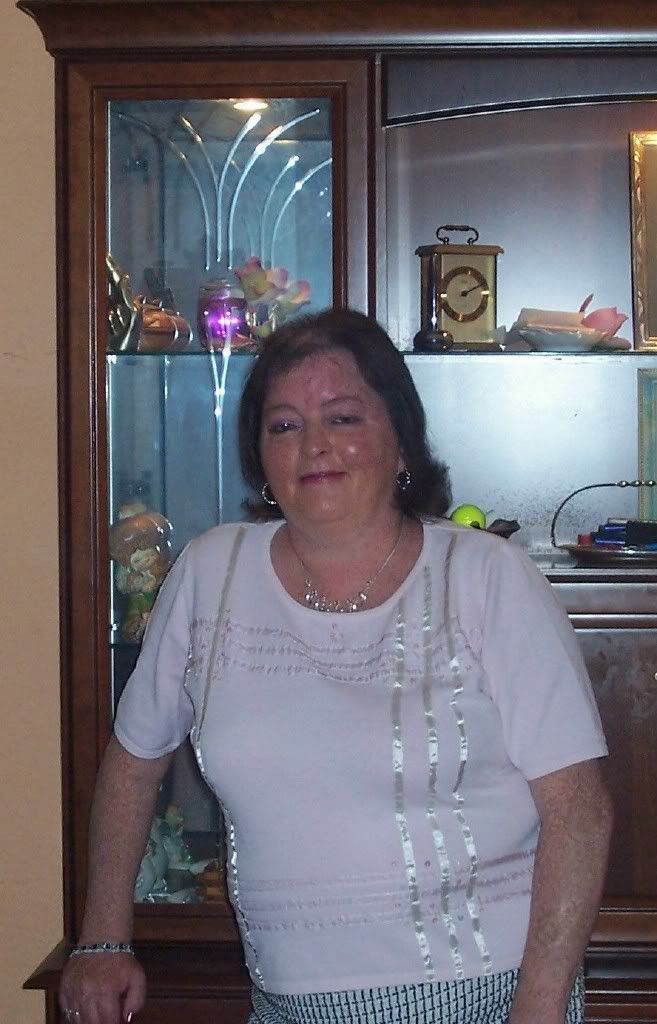Do miracles happen? Age-old debate reopens
A shrine to the Venerable Margaret Sinclair in St Patrick's Church, Edinburgh.
JONATHAN LESSWARE
THE Catholic Church is investigating reports of a miracle at a Scottish hospital amid claims a nun's relic helped a premature baby to live after doctors gave up hope of the infant surviving.
The relic of the Venerable Margaret Sinclair, a former Edinburgh factory worker who died in 1925, was placed in the incubator of the infant, who weighed just 1lb when born.
When the child recovered, apparently confounding medical opinion, those hoping to see the nun canonised took it as proof of a miracle.
Secular groups, however, reacted with cynicism to the claims and described them as a "shocking insult" to the dedication of medical staff.
The event, revealed yesterday by the Catholic Church in Scotland, will now undergo rigorous examination by Church officials.
If "proven", it would put the nun on route to becoming a saint and boost a campaign to see her beatification and ultimate canonisation in Rome, which has been growing in Scotland in recent years.
Among those to have credited her with working miracles is Sir Jimmy Savile, who claims she saved his life when he was a child after his mother prayed for the nun's help.
The family of the unnamed baby was given permission by medical staff to open the sterile incubator and place the relic next to the infant after they were told there was no hope of survival.
The baby is now four months old and said to be doing well.
Cardinal Keith O'Brien, the head of the Catholic Church in Scotland, was told of the claims of a miracle last week as he prepared to leave for Lourdes to lead his diocesan pilgrimage to the French shrine.
He said: "Pope John Paul II told me when we were discussing the cause of Margaret Sinclair to ask the people to pray for a miracle and this has been happening.
"Although it is exciting news we must tread cautiously, - there is a lot of research and investigation to take place by the Church authorities before any miracle claim can be declared genuine.
"It does show, however, that there is a strong growing awareness of Margaret Sinclair and her life not just in Scotland, but throughout Britain and even in America."
The Church investigation will centre around the maternity ward where the baby was born.
Doctors and nursing staff will be asked to give detailed medical statements to officials.
But Terry Sanderson, the vice-president of the National Secular Society, condemned the claims. He said: "This kind of claim is a shocking insult to the dedication to the doctors and nurses who work selflessly to take care of the sick.
"To have their efforts ascribed to some relic is a sad and superstitious throwback to pre-scientific days.
"And what if the outcome had been different? Whose fault would it have been then? The poor old doctors who probably did the work that saved this child can't win either way."
There have been claims of miracles through intercession to Sinclair in the past but none has stood up to examination.
Sinclair, a committed trade unionist, was declared Venerable by Pope Paul VI in February 1978. After her death in 1925 her body was buried in London, but two years later her remains were returned to Edinburgh.
In 2003 they were moved from Mount Vernon cemetery, Edinburgh, to her shrine in St Patrick's Church, Cowgate, Edinburgh, close to where she lived as a girl.
What's needed for veneration, beatification and sainthood
CANONISATION is a complex legal and political process. The candidate must be deceased for a mandatory five years and must be recognised for two posthumous miracles.
Evidence of the candidate's religious devotion is presented to the Pope and senior church officials.
If they agree the person has led a virtuous life they are named a "Venerable" and their miracles are then scrutinised by religious and scientific authorities.
Acceptance of the first miracle earns the candidate's beatification. The second assures sainthood. Medical miracles are examined by a board of experts who must determine that no other possible explanation for a patient's cure exists. All cures must be instantaneous and complete.
One potential candidate's posthumous campaign was blighted when his miracle of restoring a blind man's sight was rejected because only 90 per cent of the man's sight was restored.
In this scientific age, the church has a difficult job in convincing a cynical public of the existence of miracles. It has therefore made life a little easier for itself. The number of miracles needed for sainthood has been reduced from three. While miracles must be scrutinised, the church has eliminated the so-called "devil's advocate" - a churchman charged with challenging the evidence - from proceedings.
Canonisation is one of the most democratic processes in the church. Candidates are decided by popular demand not senior church members.
This article: http://heritage.scotsman.com/people.cfm?id=1002792006

No comments:
Post a Comment